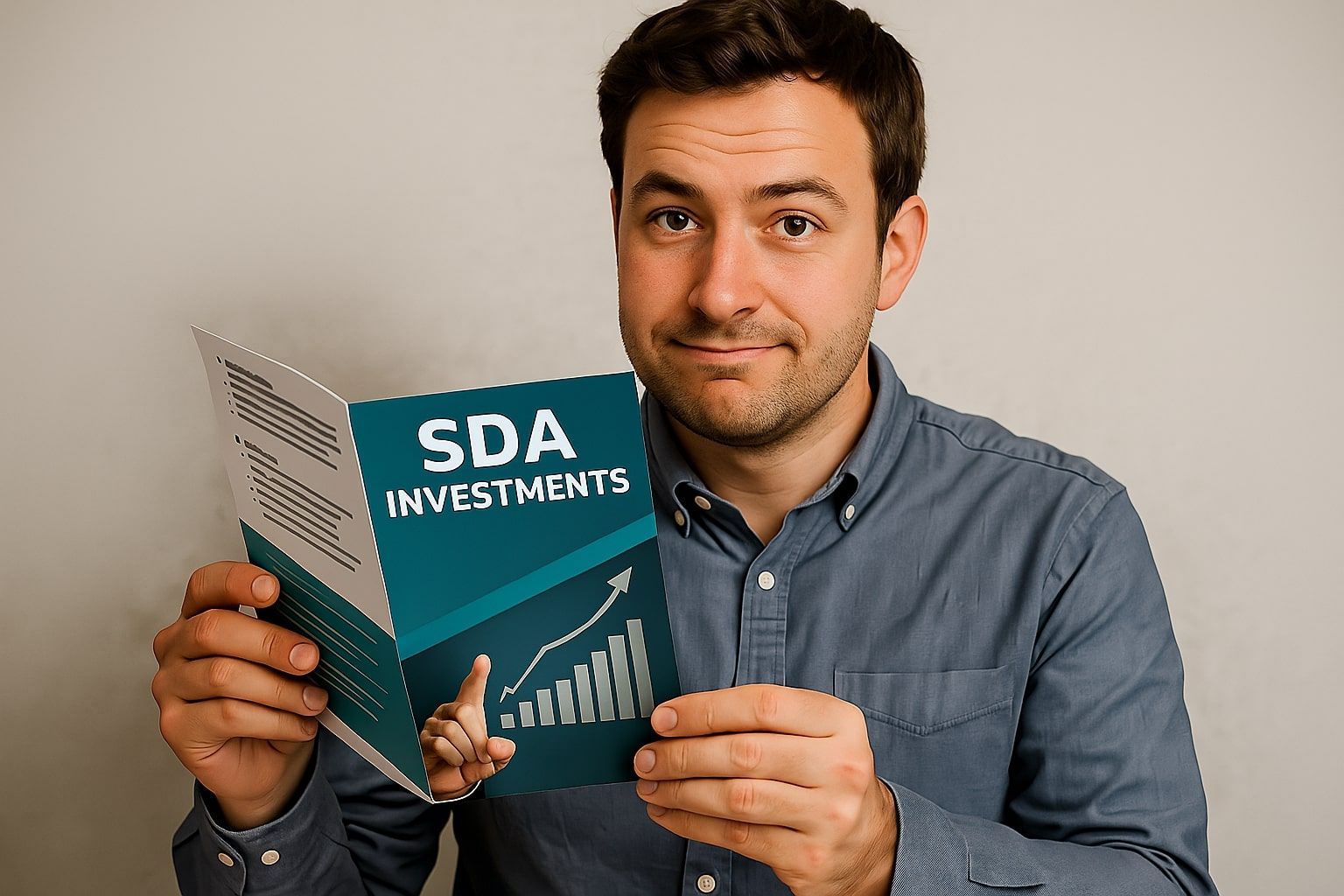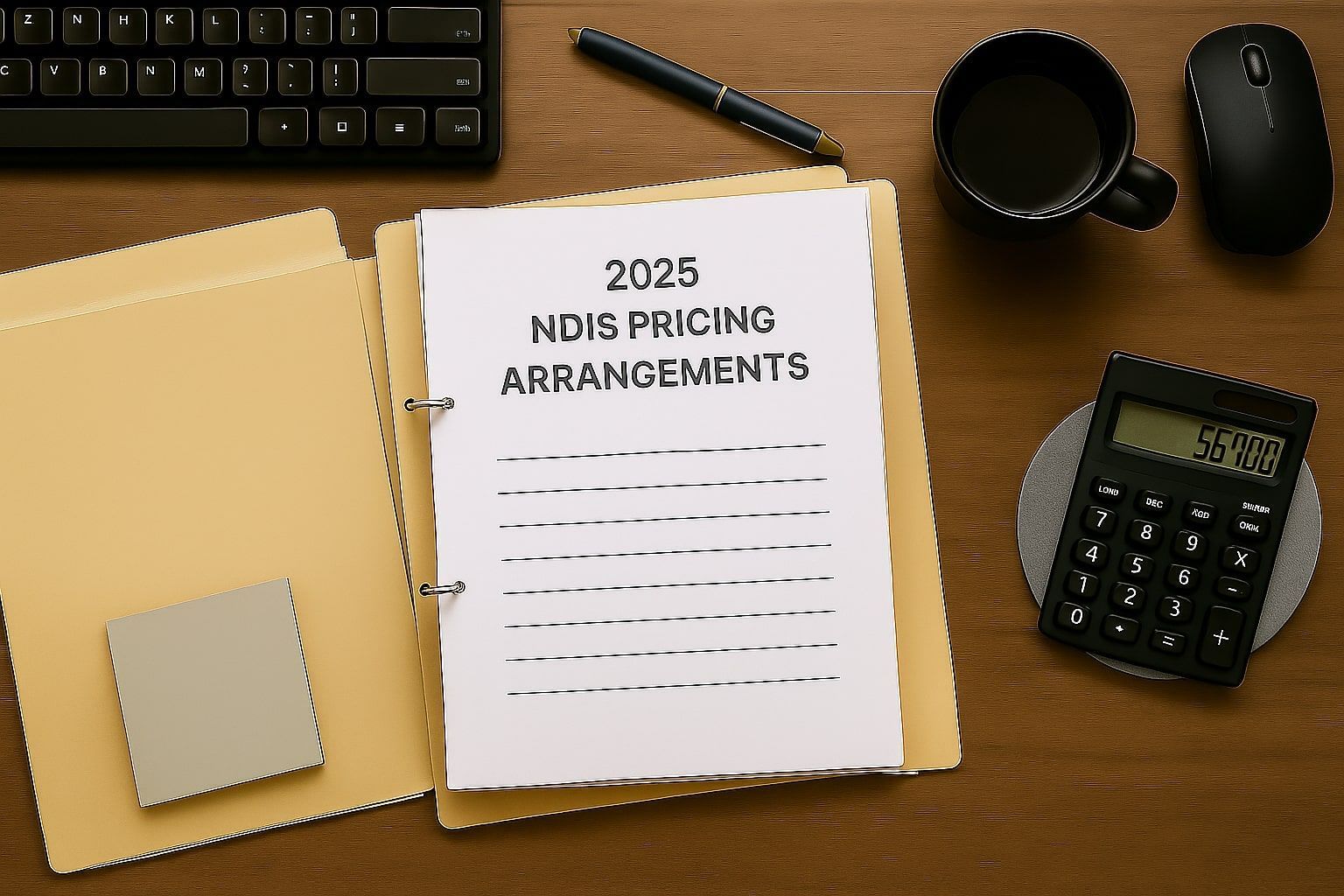Investor Guide on Cash Buffer
Understanding all costs in SDA investments is a must. This includes initial expenses like stamp duty and loan repayments, as well as costs for improvements and provider fees. The detailed expense breakdown serves to clarify the total investment required, moving beyond the deposit to include all costs incurred until the property becomes income-generating.
SDA Investment means planning beyond just buying the property. So, a detailed financial plan is necessary especially when investments stretch over time. A cash buffer is necessary to ensure financial health throughout the investment process until such time as your investment is returning an income.
This introduction sets the stage for a deeper exploration into the finances of investing in SDA housing, emphasising the importance of a strategic approach to financial planning and the role of a cash buffer in achieving investment success.
Read also:
A 2024 Outlook for SDA Homes and Investor Insight
What is a cash buffer?
A cash buffer of a minimum
$50,000, is essential to manage expenses during the property's construction phase and the initial
vacancy period before rental income starts flowing. This period can stretch
up to 18 months, comprising
10 to 12 months for construction and a further potential
6 months of vacancy. This buffer acts as a safeguard, ensuring investors can cover costs without the immediate benefit of rental income, highlighting the need for financial planning in SDA property investment.
While direct investment in SDA properties may be a relatively straightforward process, this approach to financial planning and the strategic use of a cash buffer indicates the necessity of being well-prepared for the realities of SDA investment.
Understanding all costs in SDA investments is a must. This includes initial expenses like stamp duty and loan repayments, as well as costs for improvements and provider fees. The detailed expense breakdown serves to clarify the total investment required, moving beyond the deposit to include all costs incurred until the property becomes income-generating.
SDA Investment means planning beyond just buying the property. So, a detailed financial plan is necessary especially when investments stretch over time. A cash buffer is necessary to ensure financial health throughout the investment process until such time as your investment is returning an income.
This introduction sets the stage for a deeper exploration into the finances of investing in SDA housing, emphasising the importance of a strategic approach to financial planning and the role of a cash buffer in achieving investment success.
Understanding Settlement Funds and Financial Commitments in SDA Investment
From the outset, investors must be prepared for a range of upfront costs that extend beyond the simple purchase price of the property. These initial expenses include finance-related costs necessary for obtaining pre approval and carrying out property valuations, which can range between $6,000 and $9,000. Additionally, the stamp duty on land purchase varies by state, potentially adding anywhere from $10,000 to over $15,000 to your investment outlay.
Once the construction phase commences, investors find themselves responsible for
covering loan repayments, even before the first tenant moves in. This period is when the development of SDA properties tailored to meet specific participant needs, can incur loan repayment costs
upwards of $20,000. Financial planning and the establishment of a cash buffer to manage these expenses effectively is a must.
Investors must also account for the costs associated with enhancing the property to meet or exceed the High Physical Support standards required for SDA housing. These enhancements, which can include the addition of features like fire sprinklers and adjustable benches, are essential for ensuring the property is not only fully accessible but also future-proof. Depending on the extent of these enhancements, investors might need to allocate an additional $5,000 to $70,000 towards making these upgrades.
Finally, furnishing the property to make it livable and engaging the SDA provider (property manager) to find suitable tenants are steps that further add to the investment's initial costs. Furniture packages and provider fees together can total between $20,000 and $50,000. This is why cash buffers are imperative to account for until the tenants are in place and the SDA funding starts being paid by the NDIA.1
Unpacking the Real Cost of SDA Property Investment
A common misconception among new investors is the belief that a 10% deposit suffices to cover the investment’s initial phase. However, the reality of SDA investments often necessitates a 20% to 30% initial outlay.
Breaking down these expenses further, investors face a range of financial obligations from the outset. Finance charges, including loan application fees and lender's mortgage insurance (LMI), typically calculated at 1.5% of the loan amount, add significant sums to the initial investment. Additionally, legal fees, a potential valuation shortfall, and insurance contribute to the upfront costs.
Using a $900,000 property as an example, the initial 20% deposit is just the beginning.
When combined with finance costs and other ancillary expenses,
the total cash outlay required from an investor could potentially
be in the order of an additional $150,000-$200,000.
This substantial upfront investment underscores the importance of a solid financial foundation. Anyone who wants to invest in NDIS housing needs to be prepared for these costs to navigate the early stages of their investment successfully.
Tax Deductibility and Financial Considerations in SDA Investment
The SDA investment journey includes several key financial stages: pre-approval, application, approval, and valuation. Valuations, taking up to 8 weeks, can delay proceedings. It's crucial to anticipate these timelines in your investment planning because costs may arise if the investment process encounters delays. These could lead to extra charges.
The specific amount of tax deductibility for Lenders Mortgage Insurance (LMI) or other investment-related expenses can vary based on several factors, including the investor's financial situation, the property's use (investment vs. owner-occupied), and current tax laws. Generally, LMI can be deductible when the loan is for investment purposes, but the exact amount that can be deducted will depend on the cost of the LMI and the investor's income tax bracket.
For accurate and personalised advice on how much you can deduct for LMI or other investment-related expenses, it's best to consult with a professional accountant or tax advisor. They can provide guidance based on the latest tax regulations and your specific financial circumstances.
Managing Total Investment with a Strategic Cash Buffer
For a property that meets the high standards demanded by the SDA market, the total investment can exceed $1.1 to $1.2 million. This figure underscores the substantial financial commitment needed to enter the SDA investment space. A well-planned cash buffer ensures investors can meet these commitments without strain, keeping the investment viable over the critical initial period.
Prioritising investments in modern, well-located apartments over traditional houses can significantly impact success, given the shifting preferences towards accessible urban living spaces. With a comprehensive cash buffer to cover various expenses from purchase through to becoming income-generating, investors can effectively manage the financial commitments of SDA investment. It is also worth noting that investing in SDA apartments in general requires less of a buffer as you are almost always only looking to procure a single tenant, and there are no loan repayment costs during construction, as there are with a House & Land package.
Read also:
The Untold Story of SDA Property Investment
Conclusion
For prospective investors, this step towards SDA property investment is significant because strategic engagement ensures your investment not only yields financial benefits but also contributes positively to the lives of NDIS participants, marking a true fusion of ethical investment and sustainable returns.
Engage with SDA advisors, seek out expert and qualified advice, and consider the broader implications of your investment choices. For those ready to take this informed step, resources and support are available to guide you through this rewarding investment journey.




